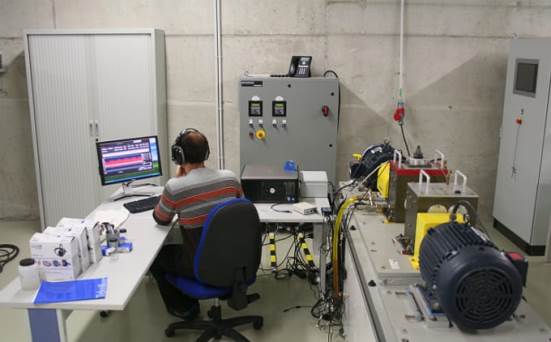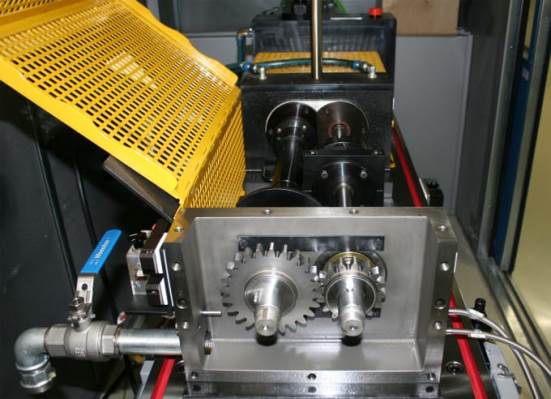Predictive analytics
Predictive analytics is a discipline that encompasses a wide range of techniques employed in the process of data analysis (“data mining”), including statistics and “machine learning”.
Together with visual analytics, predictive analytics aims to extract the knowledge implicit in data; obtaining from these relations and patterns hidden from an initial view, and facilitate their interpretation by the end user.
TEKNIKER develops analytics models based on multiple sources of information in order to monitor, diagnose and make predictions, taking into account the various stages within the process of data analysis known as data mining:
Acquisition, processing and storage of information
- Integration of various devices (sensors, meters, mobile devices, web applications, etc.) and available information systems (both private and public)
- Gathering existing information in both data format and from experiences and heuristics (expertise) about a specific domain (e.g. mechanical degradation, health index, energy anomalies, and so on).
Development of models
- Development of models based on data and knowledge: KBS, Machine Learning (supervised and non-supervised; RRBB, NNs, SVM, etc.), semantic reasoning, chemometrics, analysis of reliability, statistics, rules, and so on.
- Adjustment of the models for working in situations of uncertainty (knowledge based on the data gathered and which is either incomplete or of poor reliability).
The resulting models capture links between the different factors in order to facilitate the evaluation of risks and benefits associated with a particular set of conditions, and which can then be used to guide decision-taking.
Incorporation of the models into the final system:
- Incorporation of the models into decision support systems (off-line) or into embedded software (on-line)
- Analytical reasoning facilitated by visual interactive interfaces. Representation of information in a visual format, to enable greater interaction with and comprehension of the data when drawing conclusions and taking decisions.






